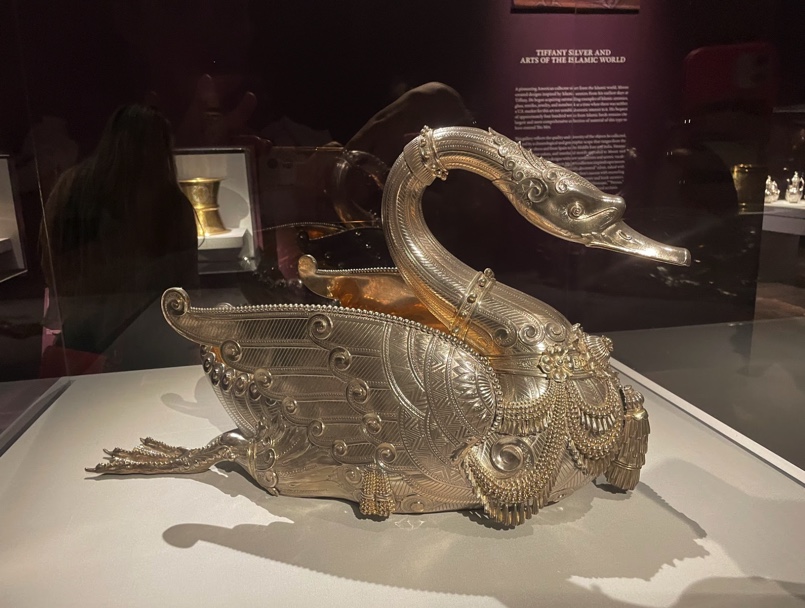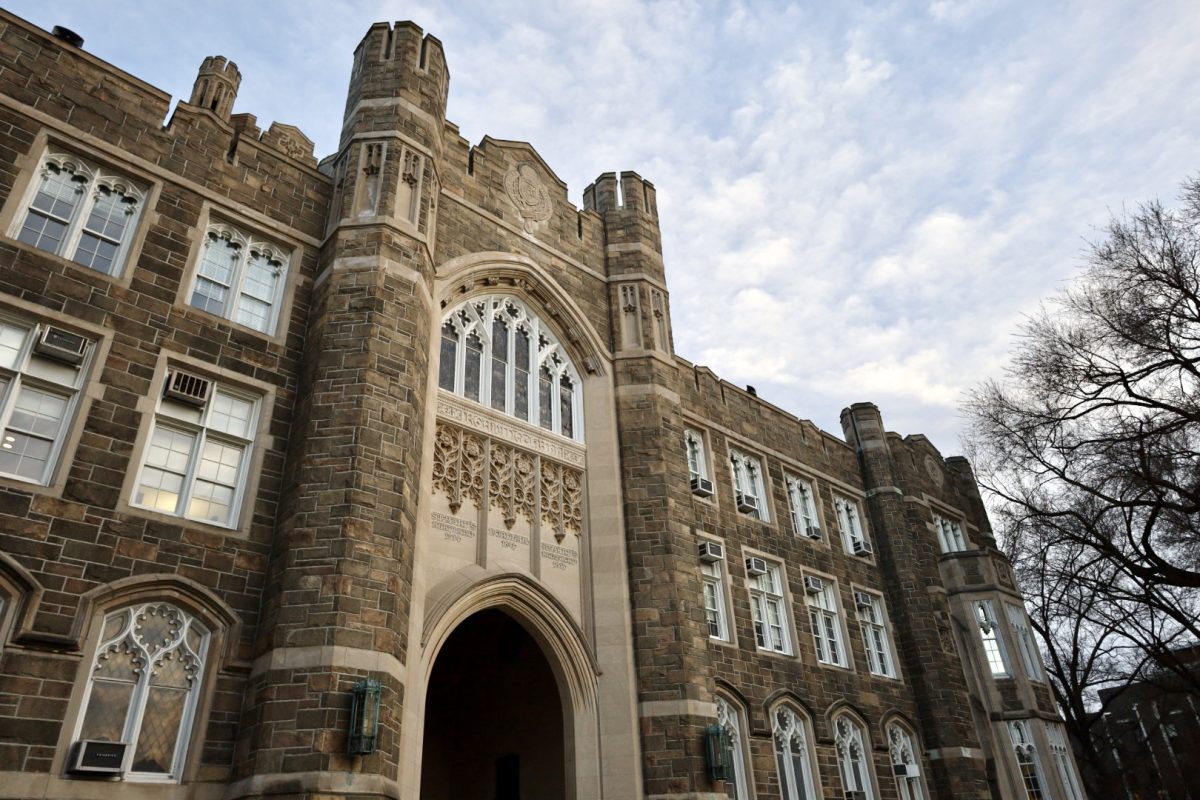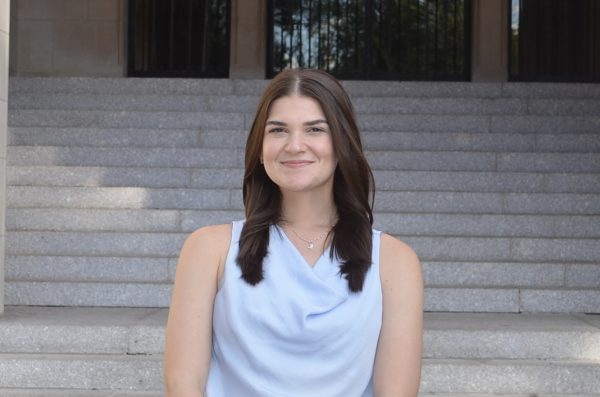Of all the Metropolitan Museum of Art (Met) exhibits I have seen (I have seen quite a few), “Collecting Inspiration” is the most perfectly titled. That title may seem vague to some, but “collecting inspiration” was exactly what I thought of upon entering the vast purple maze filled with memorabilia from almost all seven continents hidden in the far left corner of the Met.
Whose enormous collection of inspiration was this? The answer is Edward C. Moore, the silversmith who was the driving force of success for Tiffany & Co. in the latter half of the 19th century. Moore worked for Tiffany & Co. at its very start, creating beautiful pieces of silverwork like dining ware, pistols and extravagant yachting competition trophies. Apparently, Tiffany & Co. of the late 1800s wasn’t too interested in jewelry.
This exhibit featured over 70 other silver creations by Tiffany & Co. under Moore’s creative direction and over 180 items from Moore’s personal art collection. That is to say, Moore owned more than 180 pieces of international decorative art, which made me wonder how big his house was.
At first, the exhibit appeared like a simple hallway with dark purple walls, a few vases and knick-knacks on display. A huge portrait of Moore hung in the entryway. I was surprised to find that at the end of the first hallway was the entrance to another, and then another, and too many more to keep track. To get through the whole display took around two hours. Each section was organized based on what kind of piece was on display and where it came from. There was one section of ancient Greek vases and another with Japanese kimonos. There were plenty of descriptions of the designs of each work, but the question of how Moore got ahold of so much intact ancient artwork or whether or not he actually wore the kimonos remains a mystery.
Next to some of the artwork from Moore’s personal collection was silverwork from Tiffany & Co. that had similar patterns or structures. Hypotheses on ways the art could have influenced the silver structures were given. Moore appeared to be into mimicking patterns and ornamental details from different cultures and incorporating them into the detailing on the silver. Perhaps the most memorable was a large silver swan table centerpiece with Indian-inspired detailing or the three pistols with hilts that resembled a 7-foot-tall Sri Lankan flintlock gun in the display case across from them. I came into the exhibit knowing that Tiffany & Co. was not always a jewelry company, but weapons certainly were not on my list of expectations.
Above all, my favorite piece in the exhibit was a large ice cream dish. The size was listed as suitable for a dinner party, though it looked like it would be more suitable if that dinner party were for an entire village. And if the large size isn’t interesting enough, the story behind the dish was even better. John Mackay, a poor Irish American miner, had struck gold by finding the first silver in American land. As a token of celebration, his wife requested that they make a silver dinnerware set, and among this set was the ice cream dish. The idea that one of the primary goals of a woman who lived a real-life Cinderella story was to own an obnoxiously large container for ice cream was my favorite fun fact of the day.
Sometimes, there can be a discrepancy between the appreciation of historical value and the appreciation of aesthetic value. There can be instances where visual art and written history do not rely on each other to paint the whole picture. But this exhibit is a combination of beautiful artwork and beautiful history. I often found myself intrigued by the work’s appearance and the story behind it. To see just how much history and influence can be produced by just one of Tiffany & Co.’s silversmiths was remarkable and left me wanting to learn more. Overall, I’d say “Collecting Inspiration” is one of the most superior pop-up exhibits at the Met. If you find yourself on the Upper East Side sometime before Oct.20, I’d recommend taking a look.








































































































































































































